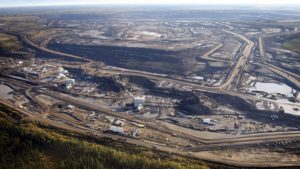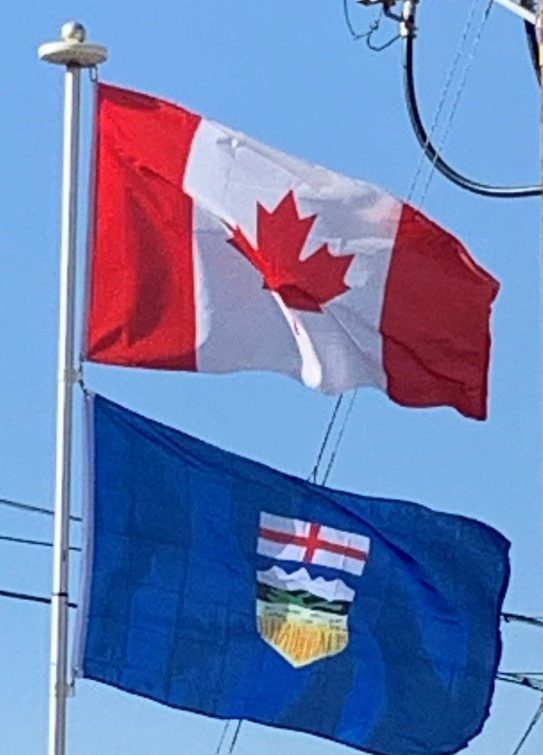Another factor determining the viability of oil extraction from the oil sands is the price of oil. The oil price increases since 2003 have made it profitable to extract this oil, which in the past would give little profit or even a loss. By mid-2014, however, rising costs and stabilizing oil prices were threatening the economic viability of some projects. An example of this was the shelving of the Joslyn north project in the Athabasca region in May 2014.

With concerted effort and support from the provincial government, several high-tech industries have found their birth in Alberta, notably patents related to interactive liquid-crystal display systems. With a growing economy, Alberta has several financial institutions dealing with civil and private funds.
Agriculture and Forestry:
Agriculture has a significant position in the province’s economy. The province has over three million head of cattle, and Alberta beef has a healthy worldwide market. Nearly one half of all Canadian beef is produced in Alberta. Alberta is one of the top producers of plains buffalo (bison) for the consumer market. Sheep for wool and mutton are also raised.
Wheat and canola are primary farm crops, with Alberta leading the provinces in spring wheat production; other grains are also prominent. Much of the farming is dryland farming, often with fallow seasons interspersed with cultivation. Continuous cropping (in which there is no fallow season) is gradually becoming a more common mode of production because of increased profits and a reduction of soil erosion. Across the province, the once common grain elevator is slowly being lost as rail lines are decreasing; farmers typically truck the grain to central points.
Alberta is the leading beekeeping province of Canada, with some beekeepers wintering hives indoors in specially designed barns in southern Alberta, then migrating north during the summer into the Peace River valley where the season is short but the working days are long for honeybees to produce honey from clover and fireweed. Hybrid canola also requires bee pollination, and some beekeepers service this need.
Forestry plays a vital role in Alberta’s economy, providing over 15,000 jobs and contributing billions of dollars annually. Uses for harvested timber include pulpwood, hardwood, engineered wood and bio-products such as chemicals and bio-fuels. In 2017, shipments of forest products reached a record $6.4 billion, and exports were $3.4 billion. Forest products include pulp, paper and wood products such as lumber and oriented strand board. 58% or 38 million hectares of Alberta is forested. Of the forested area, about 60% or 22.5 million hectares are considered suitable for harvest.
Tourism:
Alberta has been a tourist destination from the early days of the twentieth century, with attractions including outdoor locales for skiing, hiking and camping, shopping locales such as West Edmonton Mall, Calgary Stampede, outdoor festivals, professional athletic events, international sporting competitions such as the Commonwealth Games and Olympic Games, as well as more eclectic attractions. There are also natural attractions like Elk Island National Park, Wood Buffalo National Park, and the Columbia Icefield.
